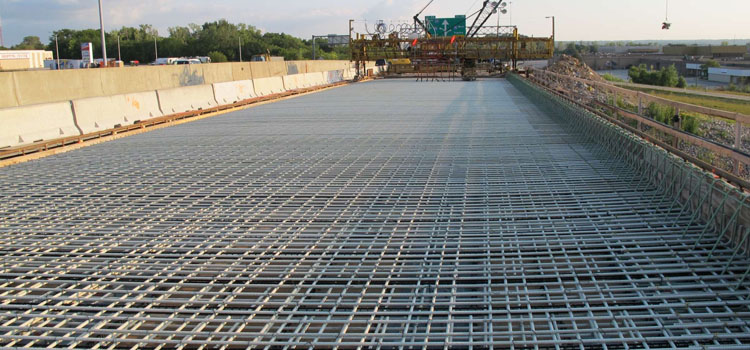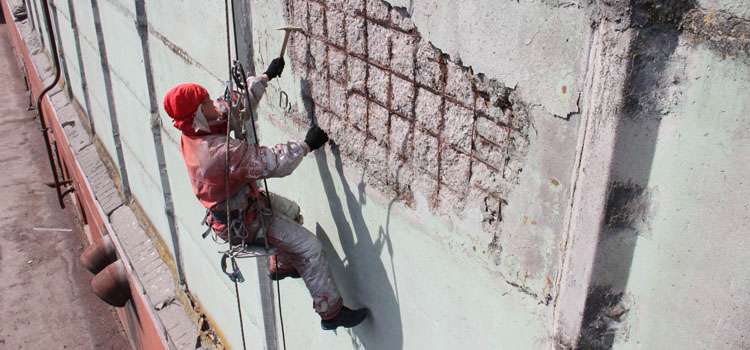Request a callback
Sections
Due to its unique properties, Arvit Fibreglass Reinforced Plastic Bars are more effective materials compared to steel reinforcing bars used in structures where higher demands on the resistance to aggressive environments are placed.
The main factor in the use of plastic and glass reinforcing bars is to ensure the reliability and durability of building structures and buildings exposed to external aggressive environments or chemical reagents. Low thermal conductivity increases the scope of application of Arvit Fibreglass Reinforced Plastic Bars. The use of the Fibreglass Reinforced Plastic Bars is most effective when reinforcing the following structures:
- These bars may be used in light and heavy concrete in constructions such as floor slabs, strip and panel-wall foundations. There is no need to apply an additional concrete layer for effective protection from an external aggressive environment.
- They are used for reinforcing brick and aerated concrete laying. Fibreglass Reinforced Plastic Bars are used as flexible binders in three-layer panel walls, as well as dowels for mounting an external wall insulation intended for increasing energy efficiency of structures.
- It is recommended to use Fibreglass Reinforced Plastic Bars in structures that are permanently located in high humidity areas and contact with sea water, for example, dams, piers, breakwaters, manifolds, foreshore revetments, canals, treatment plants, wells, fountains, reservoirs and swimming pools.
- Fibreglass Reinforced Plastic Bars are used for reinforcing road pavements in order to increase their useful life, reduce wheel tracking, prevent cracking and increase the inter-repair period.
- Also, Fibreglass Reinforced Plastic Bars are used for construction of earthquake-resistant zones of existing and newly erected buildings in seismically active areas where the use of steel reinforcing bars is not recommended. They may be used at the facilities operating in increased vibration conditions (nuclear and hydroelectric power plants, bridges, etc.).
- Their application is recommended in drainage, sewage and irrigation canals.
- The scope of application includes the whole range of individual construction: strip foundations, foundation slabs, foot-ways and walkways, driveways, blind areas, fence foundations, flexible connections and reinforcement of layered masonry, concrete reinforcement using permanent forms. Alternatively, such reinforcing bars may be used as supports for garden plants, nets for grapes, pergolas, frame elements of greenhouses, etc.
- Concrete structures with pre-stressed and non-stressed reinforcement (lamp posts, supports and insulating cross-arms of electric power transmission lines; roads and paving slabs, fence slabs and columns, curb stones, concrete supports, small architectural forms (balusters); railway cross ties; shaped concrete products for pipeline and routing (heating plants, cable channels) utility systems.
Infrastructure elements for industrial facilities in the chemical and food industries, research complexes and laboratories, runways and other airport facilities.










